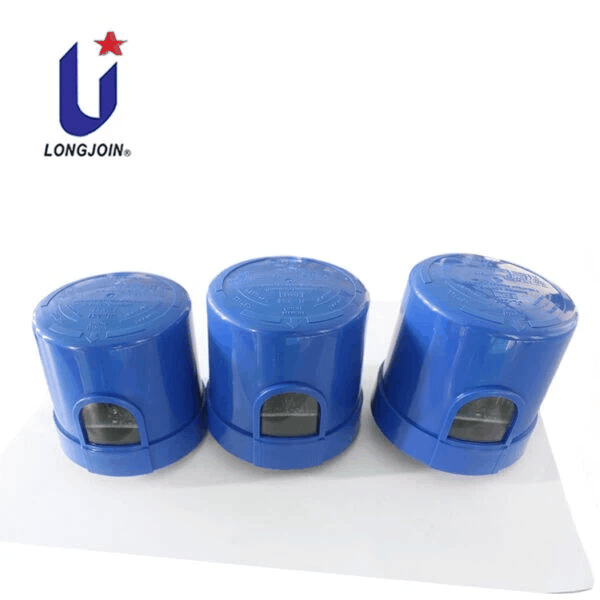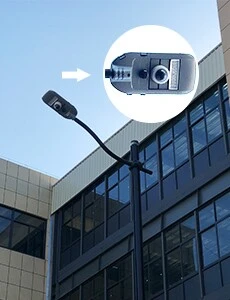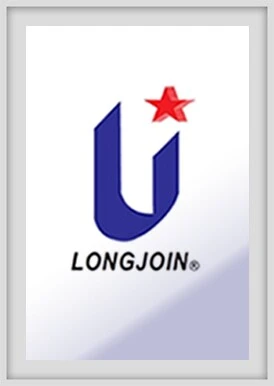How can we help you?

How can we help you?


Are you planning to expand your lighting solutions into South America? Are you unsure where to start? You're not alone. Demand for smart lighting is growing fast across the region. Choosing the right photocell products is not as simple as it seems.
South America has many different climates. It also has strict certification rules like INMETRO. Interest in smart street lighting is growing. This makes the market hard but full of promise.
In this guide, we explain what makes this region unique. We look at the key features that matter most. We also show how companies like Longjoin Intelligent Technology help customers get it right..
Let’s look at how to pick the right photocell lighting sensor. It needs to meet rules, stand up to tough conditions, and give lasting value.

Urban growth in South America isn’t slowing down. Cities are getting bigger, new roads are being built, and smart infrastructure is growing. Because of this, lighting systems have become a top priority for governments and developers.
But turning on and off thousands of street lights manually? That’s outdated and inefficient.
This is where photocell technology becomes essential.
A photocell sensor automates outdoor lighting. It senses natural light levels. It switches lights on at dusk and off at dawn. It saves energy and cuts labor costs.
In South America, electricity infrastructure and sustainability are growing concerns.Photocell lighting sensors are now at the heart of smart urban lighting systems.
South America is diverse. It brings both opportunities and challenges. Let’s break it down.
Countries like Brazil, Colombia, and Peru are rapidly urbanizing. That’s increasing demand for reliable and scalable lighting control systems. Cities want automated solutions to improve public safety and reduce energy use.
From the rain-soaked Amazon to the dry heat of Argentina’s north, the weather isn’t forgiving. Any outdoor photocell switch must endure rain, humidity, heat, and strong UV radiation.
In Brazil, all electrical products must be certified by INMETRO. This includes photoelectric sensors. Without this certification, you cannot sell in the country. This is why >photocell manufacturers must follow local rules. They need to meet local standards.
Affordability matters. South American customers are value-driven. They want devices that are affordable. They should also last a long time and work well.

When evaluating lighting solutions for this market, focus on four key areas. They are certification, durability, smart functions, and cost‑effectiveness.
If your product isn’t certified, it won’t make it to the shelf—especially in Brazil.
Certification | Description | Importance |
INMETRO | Brazil’s official certification for electrical goods | Required for local sales |
NEMA | U.S. standard that’s widely accepted | Ensures socket/receptacle compatibility |
IEC | Global standard for electrical safety | Adds international trust |
UL | North American safety standard | Helps with broader exports |
All of Longjoin’s photocell street light products are built to meet or exceed these standards—making them plug-and-play ready for the South American market.
In South America, weather is your biggest test. Photocontrol devices must survive extreme humidity, temperature shifts, UV rays, and even occasional flooding. Poor-quality materials simply won’t last.
Look for these specs:
● IP65+ rating for water/dust protection.
● UV-resistant polycarbonate housing.
● High-temperature endurance (up to 85°C).
● Wide voltage tolerance (110V–277V or more).
Here’s a comparison to guide your selection:
Feature | Substandard Photocell | Longjoin Photocell |
Housing | ABS plastic | UV-resistant polycarbonate |
Sealing | Minimal | Fully sealed, waterproof (IP65) |
Temperature Range | 0°C–45°C | -40°C–+85°C |
Lifetime | 1–2 years | 5+ years |
Longjoin’s photocell for street light options are designed specifically for rough conditions—offering performance that lasts, rain or shine.
Gone are the days of simple on/off switches. Today’s photocell control devices are smarter.
Municipalities across Latin America are adopting smart lighting protocols to control energy use, reduce maintenance costs, and improve efficiency.
Common smart features include:
● ZigBee and LoRa protocols for wireless mesh networks
● NB-IoT for remote rural communication
● Remote diagnostics and usage tracking
● Adaptive lighting for changing daylight cycles
For example, a street light in Medellín can now report a malfunction directly to the city’s maintenance team—without anyone needing to drive by.
This shift makes photocell lighting sensor products with smart integrations not just desirable, but essential.
South American buyers want value. They compare features, pricing, and lifespan. A cheaper unit that fails in a year is worse than one slightly more expensive that lasts five.
That’s why the most successful brands focus on cost-performance ratio—high durability, low failure rate, and optimized pricing.
Let’s see how smart buyers evaluate it:
Factor | Why It Matters |
Warranty Length | Indicates confidence in quality |
Energy Efficiency | Reduces monthly operational costs |
Replacement Cycle | Long lifecycle = fewer service calls |
Initial Price vs. Features | Buyers expect high feature density for fair prices |
Longjoin’sIP65-rated photocontrols are engineered with these metrics in mind—offering reliable performance at a cost South American markets can handle.

Need a one-stop solution? Longjoin Intelligent Technology hits all the marks.
Here’s what sets them apart:
Feature | Benefit |
INMETRO, UL, NEMA, IEC Certified | Meets all major compliance standards |
Smart Protocol Support | Future-ready for smart cities |
IP65-Rated Housing | Built for South America’s climate |
OEM/ODM Capabilities | Tailored solutions for government contracts |
Localized Support | Spanish/Portuguese manuals, regional training |
They also offer flexible mounting options with NEMA sockets and Zhaga 4-pin/7-pin receptacles, making integration into existing infrastructure seamless.
Launching into South America without a strategy is risky. You need a plan that respects local conditions, regulations, and buyer behavior.
Here are key strategies:
Work with Local Certification Bodies
Collaborating with Brazilian agencies can accelerate INMETRO approval and reduce delays.
Partner with Regional Distributors
Local partners know the market landscape and can offer strong sales channels.
Offer Technical Training
Host webinars, in-person demos, and support sessions to build trust and understanding.
Localize Support Materials
Portuguese and Spanish language guides help avoid misunderstandings and increase customer confidence.
Customize Product Bundles
Tailor packages for municipalities, utilities, or industrial parks—include smart controls as needed.
Longjoin excels here, offering bilingual support, product documentation, and real-time tech assistance—pushing the envelope in customer satisfaction.
To thrive in the South American lighting market, products must be smart, weather-resistant, certified, and affordable. Longjoin stands out by offering reliable, INMETRO-certified photocell technology with smart control features and full regional support. Their well-rounded approach to design, compliance, and service positions them as a strong partner in this fast-evolving landscape.
External Links:
● https://en.wikipedia.org/wiki/Narrowband_IoT
● https://en.wikipedia.org/wiki/LoRa
● https://en.wikipedia.org/wiki/Zigbee
● https://www.candtsolution.com/news_events-detail/what-is-ip65-rating/
● https://en.wikipedia.org/wiki/National_Institute_of_Metrology_Standardization_and_Industrial_Quality